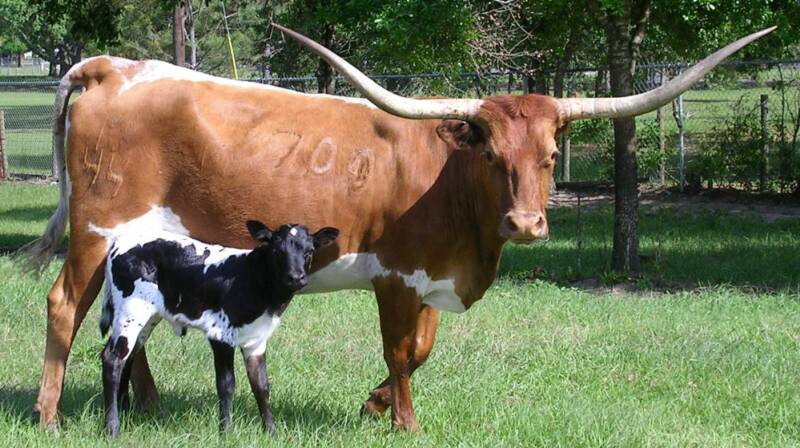Stamp: Zebu (Bos taurus indicus) at work 1 (Laos 1979)
Zebu (Bos taurus indicus) at work 1 (Laos 1979)
09 October (Laos ) within release Transportation goes into circulation Stamp Zebu (Bos taurus indicus) at work 1 face value 10 Lao kip
| Stamp Zebu (Bos taurus indicus) at work 1 in catalogues | |
|---|---|
| Yvert et Tellier: | Yt: LA 340 |
Stamp is square format.
Also in the issue Transportation:
- Stamp - Elephant At Work 1 face value 5;
- Stamp - Elephant At Work 2 face value 500;
- Stamp - Zebu (Bos taurus indicus) at work 1 face value 10;
- Stamp - Zebus (Bos taurus indicus) at work 2 face value 70;
|
Data entry completed
50%
|
|
|---|---|
| Stamp Zebu (Bos taurus indicus) at work 1 in digits | |
| Country: | Laos |
| Date: | 1979-10-09 |
| Print: | Offset lithography |
| Emission: | Commemorative |
| Format: | Stamp |
| Face Value: | 10 Lao kip |
Stamp Zebu (Bos taurus indicus) at work 1 it reflects the thematic directions:
Animals are multicellular, eukaryotic organisms of the kingdom Animalia (also called Metazoa). All animals are motile, meaning they can move spontaneously and independently, at some point in their lives. Their body plan eventually becomes fixed as they develop, although some undergo a process of metamorphosis later on in their lives. All animals are heterotrophs: they must ingest other organisms or their products for sustenance.
Bulls and cows (also known as cows and bulls or pigs and bulls) is a code-breaking mind or paper and pencil game for two or more players. The game is played in turns by two opponents who aim to decipher the other's secret code by trial and error.
Mammals are any vertebrates within the class Mammalia (/məˈmeɪli.ə/ from Latin mamma "breast"), a clade of endothermic amniotes distinguished from reptiles (including birds) by the possession of a neocortex (a region of the brain), hair, three middle ear bones and mammary glands. All female mammals nurse their young with milk, secreted from the mammary glands. Mammals include the largest animals on the planet, the great whales. The basic body type is a terrestrial quadruped, but some mammals are adapted for life at sea, in the air, in trees, underground or on two legs. The largest group of mammals, the placentals, have a placenta, which enables the feeding of the fetus during gestation. Mammals range in size from the 30–40 mm (1.2–1.6 in) bumblebee bat to the 30-meter (98 ft) blue whale. With the exception of the five species of monotreme (egg-laying mammals), all modern mammals give birth to live young. Most mammals, including the six most species-rich orders, belong to the placental group. The largest orders are the rodents, bats and Soricomorpha (shrews and allies). The next three biggest orders, depending on the biological classification scheme used, are the Primates (apes and monkeys), the Cetartiodactyla (whales and even-toed ungulates), and the Carnivora (cats, dogs, seals, and allies).
Transport or transportation is the movement of people, animals and goods from one location to another. Modes of transport include air, rail, road, water, cable, pipeline and space. The field can be divided into infrastructure, vehicles and operations. Transport is important because it enables trade between people, which is essential for the development of civilizations.




